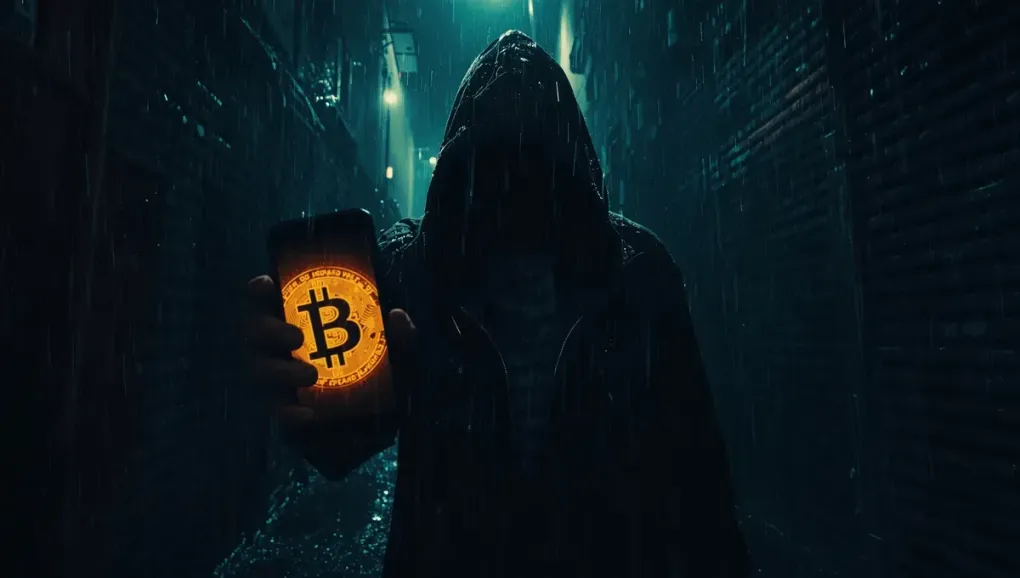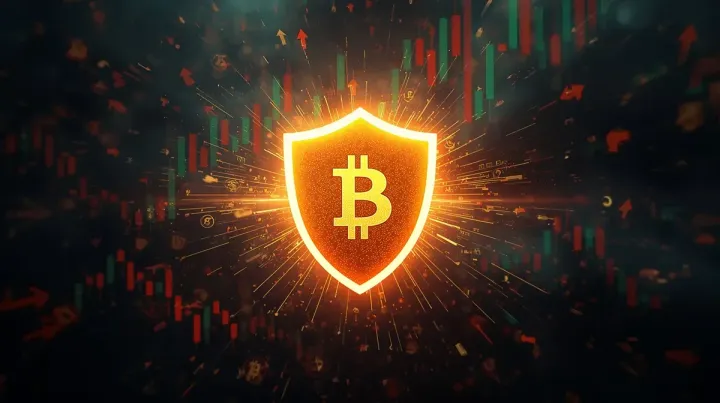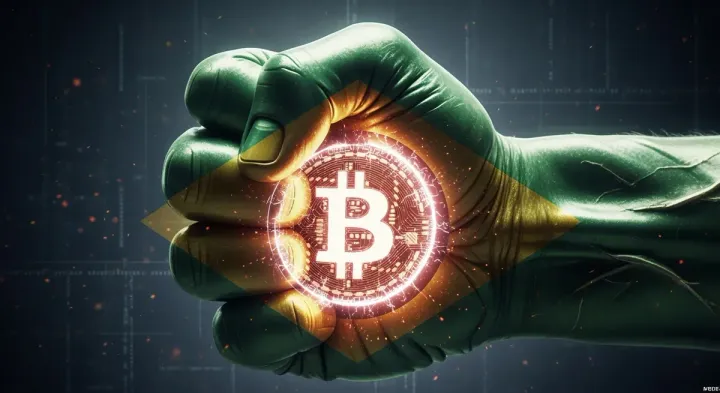
The Dark Side of Digital Gold: Physical Attacks on Bitcoin Holders Are on the Rise
The bull market has a dark underbelly, and it has nothing to do with market volatility. A grim warning is echoing through the crypto community: violent, physical attacks on Bitcoin holders are escalating at an alarming rate. These aren’t digital scams; they are “wrench attacks,” where criminals show up at your door.
The New Threat Landscape
According to security experts at the Baltic Honeybadger 2025 conference, the threat is terrifyingly real and growing. It’s estimated that at least one Bitcoin holder is kidnapped, tortured, or extorted every week. Criminals are weaponizing the vast troves of personal data available online-over 80 million crypto user identities are exposed, with millions including home addresses-and combining it with on-chain analysis to hunt their victims.
The numbers are stark. Chainalysis reports that wrench attacks in 2025 are on pace to double the worst year on record. This isn’t a problem for just the ultra-wealthy. Kidnappings have occurred for as little as $6,000 in crypto, and murders have been linked to amounts around $50,000. As the bull run attracts less experienced investors, the pool of potential targets is widening.
How They Find You
The playbook is chillingly effective:
- Data Leaks: Hackers exploit data breaches from major tech companies and even crypto exchanges to get your name and address.
- On-Chain Analysis: They use blockchain analysis tools to identify wallets with significant holdings.
- The Attack: Once a target is confirmed, they resort to phishing, SIM-swaps, or, increasingly, direct physical violence to force you to give up your private keys.
Your Physical Security is Now Your Crypto Security
The industry is waking up to this grim reality. High-profile holders are hiring private security, but everyday investors must also adapt. The advice is clear: your operational security (OpSec) is no longer just a digital practice.
- Go Non-Custodial: Use hardware wallets to keep your keys offline.
- Strengthen Authentication: Move beyond SMS-based 2FA.
- Compartmentalize: Split your holdings across multiple wallets and secure locations.
- Stay Silent: The most crucial rule-do not publicly discuss your crypto holdings. You are your own bank, and that means you are also your own security guard.
The line between our digital and physical lives has blurred. In the world of Bitcoin, protecting your assets now means protecting yourself, literally.
Source: Bitcoinist


